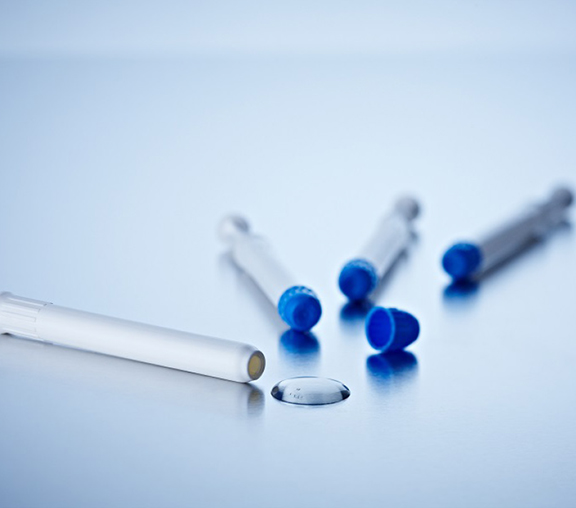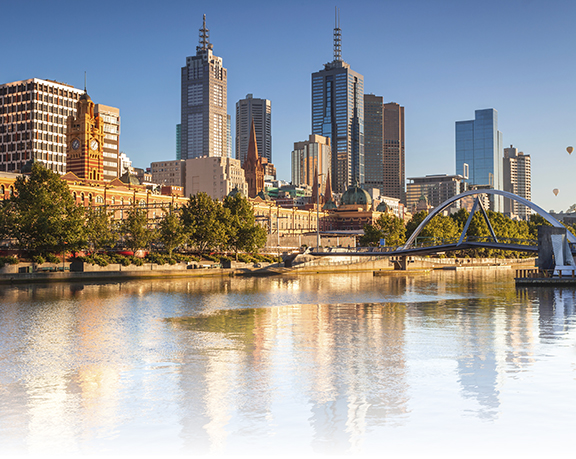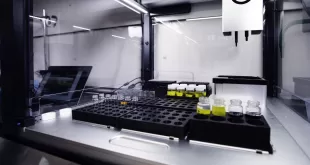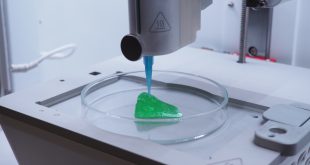Australian city is a hotspot for biotech multinationals
By Hermione Wilson
When you’re planning a vacation, you probably go through a list of destinations to determine the best spot that will provide you with the right balance of temperature, comfort and great service, all for a reasonable price. It’s not so different than what biotech and biopharmaceutical companies do, except that instead of looking for sunny climes and great hotels, they are more interested in finding a place with a rich pool of technical talent and a welcoming regulatory environment.
That place is Melbourne, at least according to Krystal Evans, CEO of the BioMelbourne Network. Not only is the Australian city considered one of the most livable in the world, Evans says Melbourne is “the city that anchors Australia’s biotech sector.”
“We have this precinct area in Melbourne called Parkville and you can stand on the corner and literally see five world-class research institutes and you can walk between them without your coffee getting cold,” she says.
Melbourne is the home of medical bionics, Evans says. “We have a strong bionic and neuromodulatory community here.” Case in point is the industry research collaboration that has sprung up in Melbourne and led to a retinal implant that restores sight to the blind, she says. The national consortium, which operates under the name Bionic Vision Australia, is made up of the University of Melbourne, University of New South Wales, the Centre for Eye Research Australia (CERA), the Bionics Institute, and information communications technology research centre National ICT Australia (NICTA).
The Bionic Eye
“The idea is to put a series of electrodes, a very small implant that goes, in our case, just behind the retina,” explains Robert Klupacs, Executive Chairman of Bionic Vision Technologies (BVT), the company that was created by the consortium to be the vehicle to lead ongoing development and commercialization. “It’s got a series of electrodes in it designed to stimulate the retina.” Electrodes are implanted behind the retina of the subject and work in concert with an external vision processing unit and a camera attached to a pair of glasses. The camera captures images and transmits the data via the electrode implants to the stimulated retina.
“What patients see, they don’t see what you and I see necessarily, they see light signals,” Klupacs says. “They don’t see a tree, but they see a shape, for example, and can now start navigating around that.”
There are other bionic eye approaches on the market, he says, but what makes this one unique is the surgical technique and the design of the retinal implant itself. Most implants involve a surgery that requires the eyeball to be taken out and the prosthetic to be effectively stapled to the retina. The Bionic Vision Australia implant is much less invasive.
Ours is designed to be put into a physiological pocket that’s just behind the retina,” Klupacs says. “A much easier surgery and designed to, if we develop upgrades or things go wrong, easy to take it out.”
The goal is to give people who are profoundly blind a means to get around without the help of a guide dog or a cane. The Bionic Vision Australia consortium eventually hopes to move from the profoundly blind to those who have very limited vision and improve their quality of life as well. A prototype of the group’s retinal prosthetic is currently in preclinical development and they hope to start clinical trials in the latter part of 2016. “It’s taken a while, but we are moving into the fully fledged commercialization and development stage,” Klupacs adds.
One of the strengths of Melbourne’s biotechnology sector is its collaborations, Evans says. She points to a partnership between GSK and Melbourne’s Monash Institute for Pharmaceutical Sciences, a partnership that has driven growth in the region’s pharmacology and drug development arena. Earlier this year, Melbourne’s Australian Cooperative Research Center for Cancer Therapeutics entered a partnership with Merck, which has led to the development of inhibitors of the enzyme PRMT5, which regulates genes involved in cancerous growth and blood development.
“We’re finding that a lot of U.S. and North American companies are actually using some of our manufacturing and design capabilities,” Evans says. “It’s a really nice situation in that Melbourne works while North America sleeps, so you can kind of get 24-hour, around-the-clock R&D.”
The Antiviral Condom
It could also have something to do with the Australian city’s highly skilled labour force and research capabilities. “Melbourne is based in Victoria, which is the leading state for Australia’s biotechnology sector,” says Jackie Fairley, CEO of biotech Starpharma. “The entire state consists of approximately 150 biotechnology companies, 13 major medical research institutes, 10 teaching hospitals and nine universities. In total they employ roughly 22,000 people in the life sciences sector.”
Fairely credits much of Starpharma’s success to research partnerships with local Melbourne universities and research institutes, such as the longstanding collaboration with the Monash Institute of Pharmaceutical Sciences, recently ranked one of the top five pharmacy schools in the world. Starpharma has developed a drug delivery technology called dendrimers, man-made nanoscale polymers that have been applied to everything from condoms to cancer treatments. In 2015, Starpharma signed an agreement with AstraZeneca to develop and commercialize compounds based on the dendrimer technology.
Starpharma dendrimers are being used to coat antiviral condoms which tests have indicated inactivates 99.9 per cent of HIV, herpes, and Human papillomavirus (HPV). The VivaGel condom, manufactured by condom manufacturer Ansell Limited and Japanese condom manufacturer Okamoto Industries, is the first of its kind. The dendrimers have also been found in clinical trials to improve the efficacy of treatments for bacterial vaginosis and has the potential to improve the efficacy of blockbuster chemotherapy drugs and reduce their side effects.
“And that’s just the pharmaceutical applications,” Fairley says. “Starpharma’s patented dendrimers can also be combined with herbicides and pesticides to improve their efficacy, extension of the performance of actives, better stability and removal of solvents.” Still, it is the pharmaceutical applications of the dendrimer technology that have put Starpharma on the map, she says.
“[Melbourne] is a dynamic and creative city that draws talent from both within and outside of Australia, and this no doubt contributes to our success because Starpharma aims to attract some of the best and brightest researchers,” Fairley adds.

An Attractive Destination
Melbourne is also known for its strong clinical trial capabilities, particularly in human trials, Evans says. Australia’s efficient regulatory system , ability to do clinical trials in a timely manner and undertake recruitment, as well as the fact that the data is recognized by the FDA and the EMA (the European regulatory body), attract a lot of North American companies to its shores to conduct clinical work.
It doesn’t hurt that Australia also offers an R&D tax incentive that refunds up to 45 cents on the dollar and is available as a cash refund for companies who are not in profit, allowing them to sustain R&D pipelines for longer and make the most of their research dollars, she says.
“It makes Australia a really attractive investment destination because investors know that Australian companies are spending their money but also then being able to reinvest that tax credit back into their R&D programs,” Evans says.
“We’ve got the research community, we’ve got the business community, we’ve also got the R&D services community and industry support,” Evans says. “We’ve got life science experts in finance, legal, accounting; every element that you need to go from idea to impact.”
When it comes to making Melbourne a welcoming place for multinationals, the BioMelbourne Network team considers itself as being on the frontlines, rolling out the red carpet.
“Sometimes I think that the BioMelbourne Network is a bit like a concierge service at a hotel,” Evans says. “We facilitate a lot of international engagement, as well as bringing people to Melbourne as international experts, and also to take Australian innovation global in terms of leading trade delegations and engaging internationally with investors and providing a soft landing space for companies who wish to access and collaborate and partner with Melbourne’s R&D capabilities.”
 BioLab Business Magazine Together, we reach farther into the Canadian Science community
BioLab Business Magazine Together, we reach farther into the Canadian Science community






